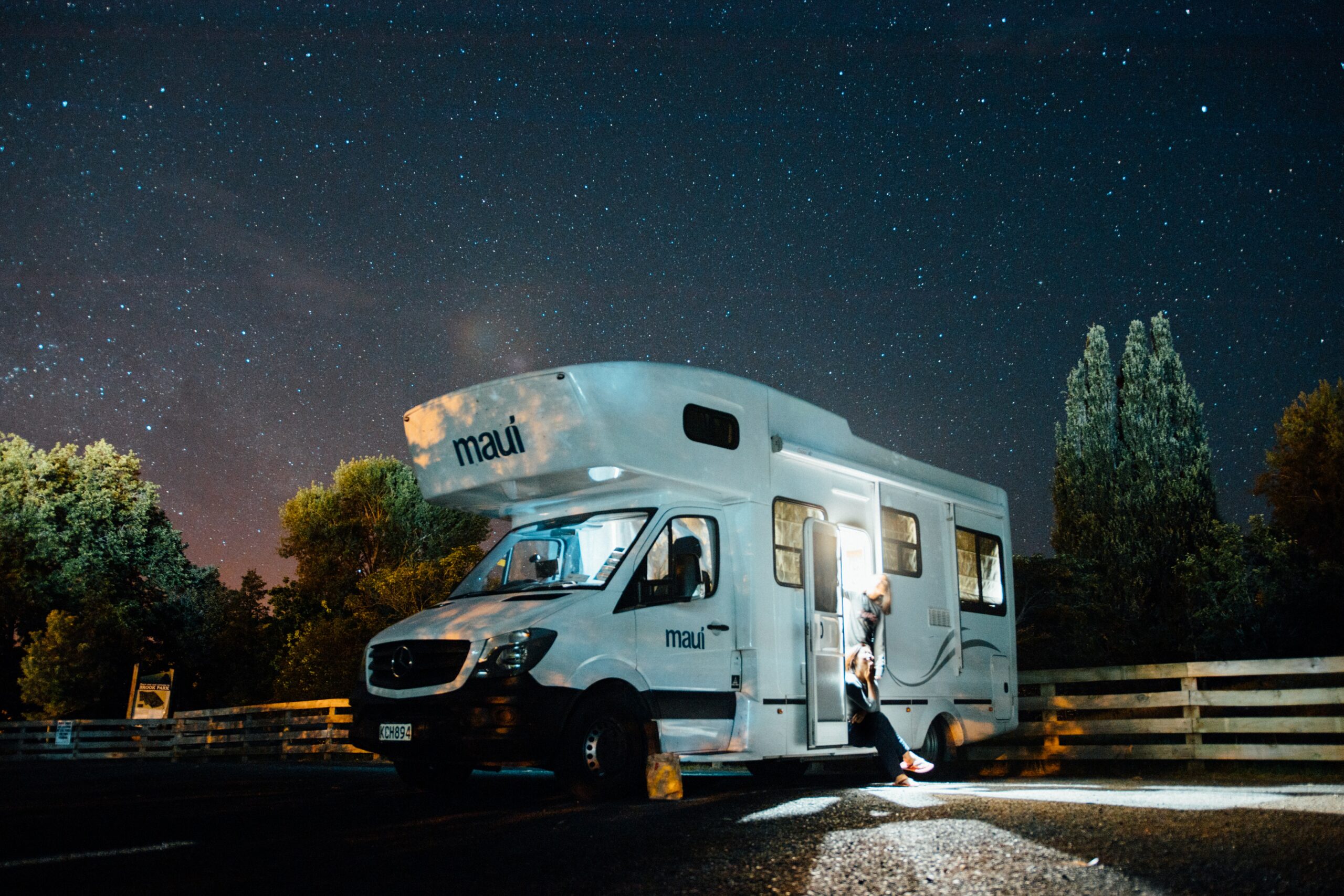Your RV is your fabulous home on wheels, but we all know that it can be cumbersome to set up/break down camp just to make a store run. That’s why many RV owners travel with a car towed behind the motorhome.
This is a great way to be able to zip away from your campground or resort with ease when you want to explore nearby parks and other attractions. Basically, it gives you greater freedom on the road.
You have several options depending on the type of car and/or trailer that best suits you and your travels. The various equipment options are outlined below.
Trailer Hitch
Most RVs will have this and is considered a permanent fixture on your RV. If your RV doesn’t have it, one can be installed easily. Having said that, there are several types of hitches. The most common have a receiver and a ball hitch.
Hitches are typically rated by the amount of weight they can safely pull, so be sure to know your vehicle’s weight, trailer weight, and the towing capacity of your RV beforehand. U-Haul has a great glossary for towing information.
Electrical Connections
No matter what method of towing you use, the wiring must connect from the trailer to the RV. It connects the brake lights, turn signals, license plate lights, and electric brakes on the trailer (if they have it).
This is important for road safety (i.e. must be street legal), and you can be pulled over if these are found not to be working properly. RV coaches usually come with 6-7 pin connectors near the hitch.
Three Ways to Tow a Car Behind Your RV
The main methods of towing your car have fancy terms such as 1) four down, 2) with a tow dolly, or 3) with a car hauler. Yes, we’re being sarcastic here but it really is very simple, and deciding which method to use depends on your car and/or your personal preference. Let’s dig a little deeper into each type.
Four Down
Also referred to as “dinghy towing” (no we’re not talking a boat) or “flat towing,”, four down is how many tires of the car are on the road when pulling it behind your RV. Four down towing is typically done with a small tow bar.
One of the issues with this is that many car transmissions do not allow for this option. If you use this method to tow a vehicle that isn’t designed for it, it could mean thousands of dollars on car transmissions repairs. A great resource to find out if your car qualifies for four down towing is this Dinghy Towing Guide.
Equipment Needed for Four Down Towing
- Tow Bar
- Base plate kit installed on the toad (car)
- Wiring kit
- Safety cables
- Supplemental Braking System
This may sound complicated, but it’s really not. However, plan to spend anywhere from $1,500 – $2,500 for this towing system. It will depend on how much you can install yourself versus hiring out to do the installation. A big downside for my RVers with four down is that you cannot back up your motorhome while your car is attached.
Tow Dolly
If you find that your car is not compliant with the four down system, the tow dolly may be your best bet. It’s the kind of trailer where only the two front wheels of the car are loaded. The back wheels are on the ground and roll as the RV moves. This option is best for front-wheel drive transmissions, although rear-wheel-drive cars can work as long as their transmissions are disconnected.
Additional Equipment Needed for a Tow Dolly
- Ratchet Straps
- Safety Chains
Most dollies come equipped with attached ramps, so loading is pretty straightforward. That said, most states require that you get a license plate for the dolly (an added expense). As with the four down, you cannot back up your RV while the dolly and toad (car) is attached.
Car Trailer
If your toad is 4-wheel drive or all-wheel-drive, it’s a safe bet that you will have to put it on a trailer. Again, check the Dinghy Guide mentioned above. Also known as a car hauler, the trailer usually has two axles for stability and low rails along the edges.
If you decide this is the option for you, look for car haulers that are long enough for your vehicle. The axles will need to be rated at least 3,500 lbs per axle. Many models come with hidden ramps and a braking system.
Equipment Needed for a Car Trailer
- Ramps (if they are not already included)
- Ratchet straps
- Brake controller (if the trailer has electric brakes)
If your RV does not already have a brake controller, you will need this – it’s usually about $300 for purchase and installation. In addition, car trailers require their own licensing. One good feature with this option is that, with skill, you can back up your RV with the car and trailer attached.
Always when you are towing a car behind your RV and you check into a resort, having a pull-thru site is your best option! Otherwise, you will need to detach your trailer and store it somewhere within the campground.
Any way you slice it, having a car tagging along behind your RV can be a great plan. It gives you the freedom of movement while parked for a time at a campground or resort, and it also saves wear and tear on your RV.

